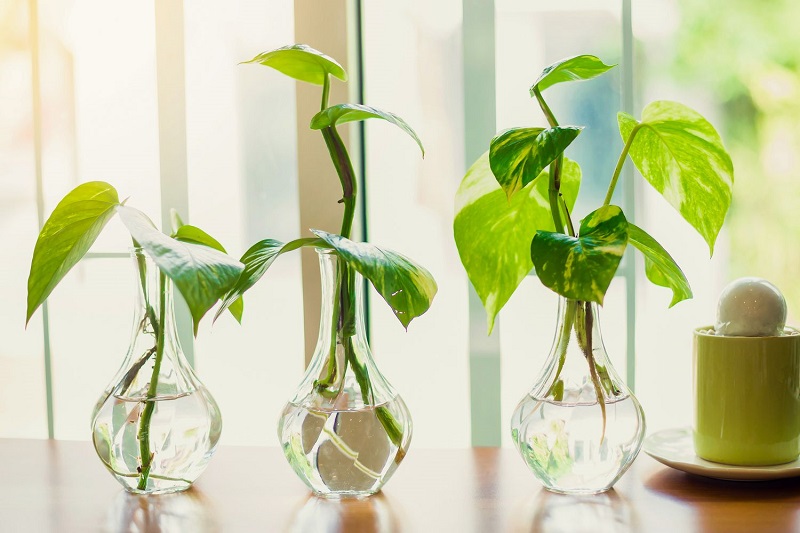Welcome to the green side of life! If you’ve ever dreamed of turning your living space into a lush oasis of thriving greenery, you’re in the right place. In this guide, we’ll uncover the best-kept secrets to nurturing healthy, happy houseplants that will make your space not only look but also feel fantastic.
The Basics of Plant Parenthood
Why Do Houseplants Deserve Your Attention?
Houseplants aren’t just decorations; they’re living, breathing companions that contribute to your well-being. From improving air quality to reducing stress, these leafy friends are the unsung heroes of interior design.
The Secrets Unveiled
1. Choose the Right Plants for Your Space
Just like people, plants have preferences. Before bringing home a new leafy friend, consider your home’s light conditions, temperature, and humidity levels. Opt for plants that thrive in your specific environment, ensuring a happy cohabitation.
2. Master the Art of Watering
Too much or too little – finding the right balance is key. Most indoor plants prefer to dry out slightly between waterings. Invest in a moisture meter or simply stick your finger into the soil. If it feels dry an inch below the surface, it’s watering time.
3. Mind the Light
Imagine trying to sunbathe in the shade – it’s not ideal. Plants have sunlight preferences too. Place sun-loving plants in bright, indirect light, and shade lovers in less sunny spots. Rotate your plants periodically to ensure all sides get their fair share of sunlight.
4. Feed Your Plants with Love (and Fertilizer)
Houseplants need nutrients to thrive. During the growing season (usually spring and summer), feed your plants with a balanced liquid fertilizer. Follow the recommended dosage, and remember – a little love goes a long way.
5. Grooming and Pruning – It’s a Plant Spa Day
Just like a good haircut, a little pruning can work wonders. Remove dead or yellowing leaves to encourage new growth. Dust off those leaves occasionally to ensure they can breathe freely and absorb light effectively.
6. Repotting: Give Your Plants Room to Grow
As your plants grow, they might outgrow their pots. Keep an eye out for roots peeking through the drainage holes – that’s a sign it’s time to upgrade their living quarters. Repotting not only provides more space but also refreshes the soil.
7. Listen to Your Plants
While they might not speak, plants communicate. If you notice droopy leaves, it might be a cry for water. Yellowing leaves might signal overwatering. Pay attention to these subtle cues, and you’ll become a plant whisperer in no time.

Insights from Experience
Having turned my home into a leafy haven, I can attest to the joy and satisfaction of successful plant parenting. The bond formed with these green companions is truly special.
FAQs: Plant Wisdom Unveiled
How often should I water my houseplants?
The frequency depends on the plant type and environmental conditions. Check the soil moisture regularly and water when the top inch feels dry.
Can I use tap water for my plants?
Most plants tolerate tap water, but some are sensitive to minerals. Consider using filtered or distilled water for sensitive plants.
What’s the best location for low-light plants?
Low-light plants thrive in areas with indirect or filtered light. Ideal spots include north-facing windows or areas away from direct sunlight.
How do I deal with pests on my plants?
Inspect your plants regularly. For minor infestations, wipe leaves with a soapy water solution. For more persistent pests, consider insecticidal soap or neem oil.
Is it okay to use terracotta pots for all plants?
Terracotta pots are excellent for plants that prefer drier conditions, as they allow for better airflow. However, they may not be ideal for moisture-loving plants.
In conclusion, growing healthy houseplants is a rewarding journey that goes beyond mere aesthetics. It’s about cultivating a connection with nature within the comfort of your home.

